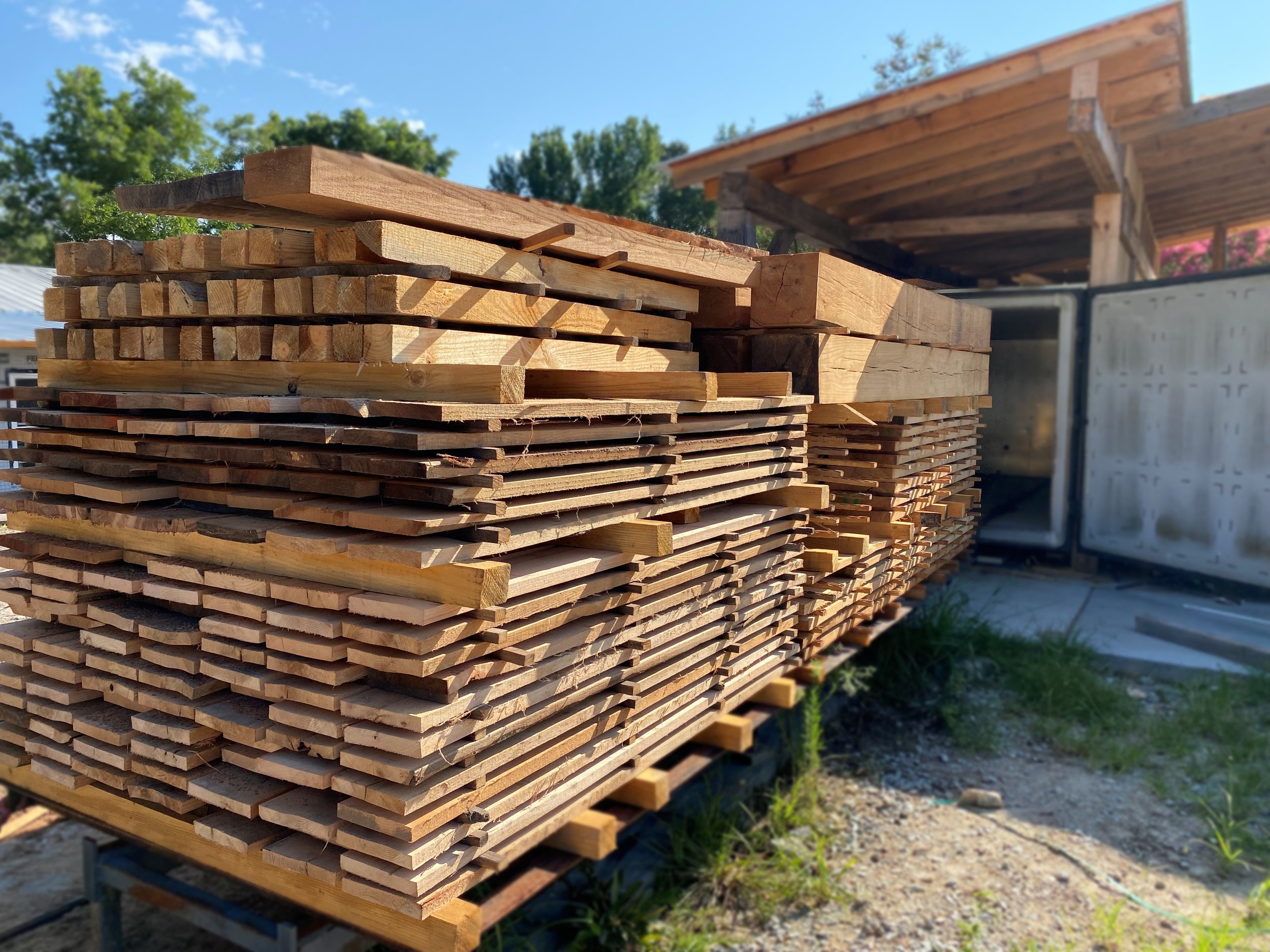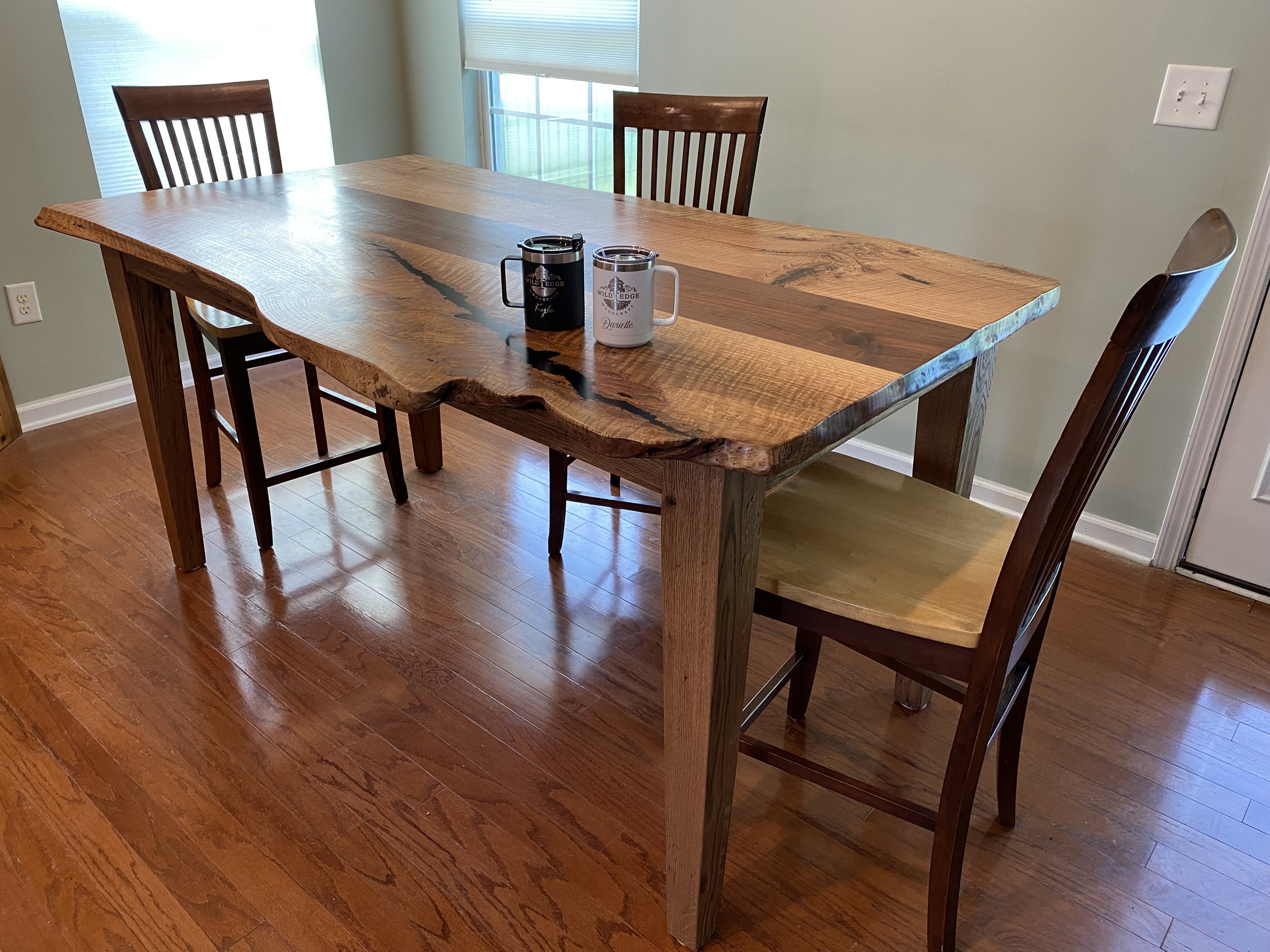
Proper Wood Measuring, Marking and Finishing Tips and tricks
Woodworking requires anyone to be able to do the proper measuring and marking on the wood. In fact, the success of a project largely depends on your precision to make the necessary measurements. I don’t think there is a woodworker that doesn’t understand the pain and frustration that comes with accidentally taking a poor measurement and ending up with a mis-cut part. Measuring twice and cutting once, is surely a sage bit of advice that most of us learn.

11 most Common Lumber Defects and Their Remedies
Most of the lumber defects adversely affect a board’s appearance, strength, and ability to take a finish. However, sometimes the defects or abnormalities can actually make a piece of wood more desirable, for instance, when they produce a unique attractive figure like Eagle’s eye or clouds, etc. The decisive factor is the use of wood, what may be an imperfection to one woodworker could prove to be another’s selling point. For example, knots are considered a significant defect in boards intended for a tabletop, but they are an essential feature of some types of paneling.

Choosing the Right Lumber for Your Indoor and Outdoor Projects
One of the biggest hurdles to overcome when you first start woodworking is to figure out what kind of wood to use for your projects. There’s solid wood or plywood; softwood, hardwood, construction grade, domestic and exotic to choose from, and worth mentioning is the factor of the sizes involved. Woodworking projects can use both softwoods and hardwoods. Generally, hardwoods are used for indoor projects such as furniture, trim-work, cabinetry and turnings. Softwoods end up as outdoor furniture, benches, children’s projects such as tree houses and other sorts of painted projects. These are only general guidelines. It can be pretty devastating but don’t worry, we are going to sort all of that for you.

Drying The Lumber – Why is it necessary?
Wood is used for various purposes around the world. When we mill a tree into lumber, we have to reduce the moisture content in the wood before turning our boards into furniture. Whether the wood is used to build a small side-table, or to frame-out a house, it must be dried before it can be used. Let’s discuss some of the reasons why is it necessary to dry the lumber before use.

Strategic Milling and Memory Wood with Dan and Marcy
One of the most exciting aspects of this business is bringing our customer’s stories to life. Through sustainably sourced, hand-made, heirloom furniture, we create pieces that last for generations and bring families closer together and closer to nature.
Today, we will continue our series that features some of the incredible customers we’ve had the pleasure of working with and highlight their incredible stories.

Making Memories with Wild Edge Woodcraft Ft. Dennis and Leslie
This build was an extremely rewarding experience as we were able to make something beautiful that would symbolize a bright future full of love for a new family, all while honoring the memory of an important family member unable to share in the special day.

Fun for the Whole Family with Kyle and Dannielle
The thing with custom furniture is that it isn’t like a big box store in the sense that one size fits all, because especially for furniture, that rarely is the case!
Most importantly, a dedicated furniture maker will not rest until the client is delighted with their piece because the satisfaction comes from a customer that loves the finished piece you’ve collaborated on together.

How to Source the Highest Quality Wood for Your Projects: 5 Industry Secrets you Need to Know!
Every woodworker knows that if you're working with lumber in any industry outside of constructing pallets, you'll want to use dried lumber instead of green, but not all dried wood is created equal.
Dried lumber comes in two main varieties, kiln-dried and air-dried, and the differences between the two are very important to keep in mind when sourcing lumber for your projects. In this post, we are going to cover everything you need to know about buying the best slabs and how to find the best live-edge wood for your projects.

3 Major “Don’ts” for Buying Raw Materials in the Wood Industry
Green lumber is almost always the cheapest raw material you can buy in the wood industry, from dimensional lumber to slabs. This is because processes like drying and surfacing add value as they save the buyer time and energy.
Unless you have your own kiln it is not a good idea to work with green lumber. Particularly if the end product is meant to go inside a consumer’s home. Green lumber is lumber that has not been dried, and on that note, even air-dried lumber is often not recommended when considering products for a consumers home.
